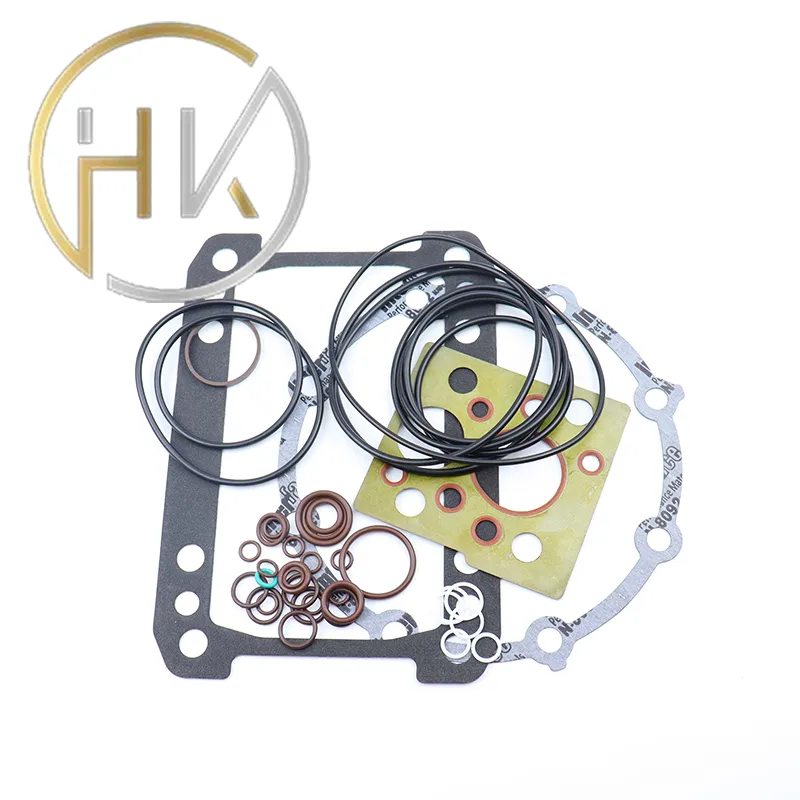Nov . 01, 2024 09:15 Back to list
Choosing the Right Grease Seal for Your Wheel Hub Maintenance Needs
The Importance of Wheel Hub Grease Seals
Maintaining the integrity of your vehicle's wheel hub is crucial for optimal performance and longevity. One of the primary components in ensuring this is the wheel hub grease seal. Although often overlooked, the grease seal plays a vital role in protecting the wheel hub assembly, enhancing overall safety and efficiency.
What is a Wheel Hub Grease Seal?
A wheel hub grease seal is a protective barrier that prevents grease from leaking out of the wheel hub while keeping contaminants such as dirt and water from entering. Typically made from materials like rubber or silicone, these seals are designed to withstand harsh environmental conditions, high speeds, and varying temperatures. Their primary function is to ensure that the lubricant remains in place, which is critical for minimizing friction and wear within the hub assembly.
Why is a Grease Seal Necessary?
The wheel hub contains bearings that allow the wheel to rotate smoothly. These bearings are packed with grease to provide lubrication. However, over time, the grease can degrade, and contaminants can infiltrate the hub assembly if not properly sealed. This can lead to excessive wear and tear on the bearings, ultimately leading to failure. By maintaining the grease seal's integrity, you preserve the lifespan of the wheel bearings and ensure safer operation.
Signs of a Failing Grease Seal
As with any automotive component, wheel hub grease seals can wear out over time. Some common signs of a failing grease seal include
wheel hub grease seal

1. Grease Leakage The most obvious sign is the presence of grease on the wheels or around the hub assembly. If you notice this, it could indicate that the seal has failed, allowing lubricant to escape.
2. Unusual Noises A dry or damaged bearing often results in grinding, whining, or humming noises while driving. This could suggest that the grease is not effectively protecting the bearings.
3. Wheel Play Excessive movement in the wheel when lifted could indicate that the grease seal is compromised, leading to potential bearing issues.
Maintenance and Replacement
Regular inspection of your vehicle’s wheel hub grease seals is crucial. Depending on driving conditions, they should be checked periodically for signs of wear or damage. If the seal is found to be compromised, it’s essential to replace it promptly. Most mechanics recommend replacing grease seals during routine maintenance checks, especially when performing brake work or hub servicing.
Replacing a grease seal involves removing the wheel hub, installing a new seal, and ensuring it fits snugly to prevent any future leaks. While DIY enthusiasts might tackle this task, consulting a professional mechanic ensures the job is done correctly and helps avoid further complications down the road.
Conclusion
The wheel hub grease seal may seem like a minor component, but its importance cannot be overstated. By ensuring that these seals remain functional, vehicle owners can protect their wheel bearings from contamination, reduce the likelihood of premature wear, and maintain the overall performance of their vehicle. Regular maintenance and timely replacement of grease seals can save time, money, and provide peace of mind on the road. Remember, a well-functioning grease seal contributes significantly to your vehicle's safety and efficiency.
-
TCN Oil Seal Metal Ring Reinforcement for Heavy Machinery
NewsJul.25,2025
-
Rotary Lip Seal Spring-Loaded Design for High-Speed Applications
NewsJul.25,2025
-
Hydraulic Cylinder Seals Polyurethane Material for High-Impact Jobs
NewsJul.25,2025
-
High Pressure Oil Seal Polyurethane Coating Wear Resistance
NewsJul.25,2025
-
Dust Proof Seal Double Lip Design for Construction Equipment
NewsJul.25,2025
-
Hub Seal Polyurethane Wear Resistance in Agricultural Vehicles
NewsJul.25,2025
-
The Trans-formative Journey of Wheel Hub Oil Seals
NewsJun.06,2025
Products categories
















